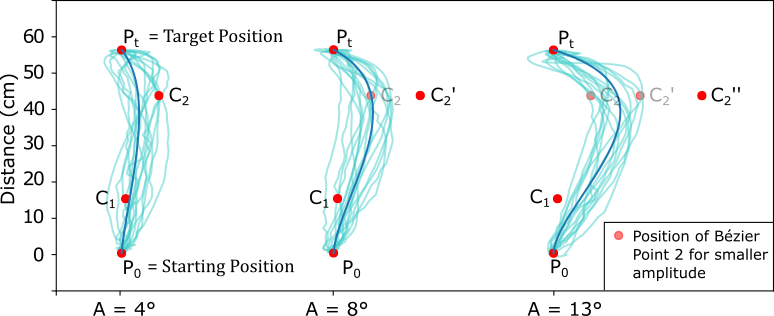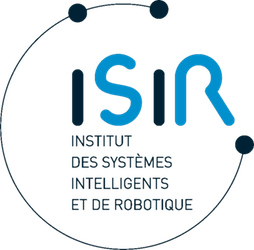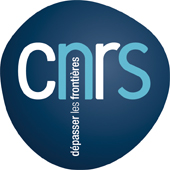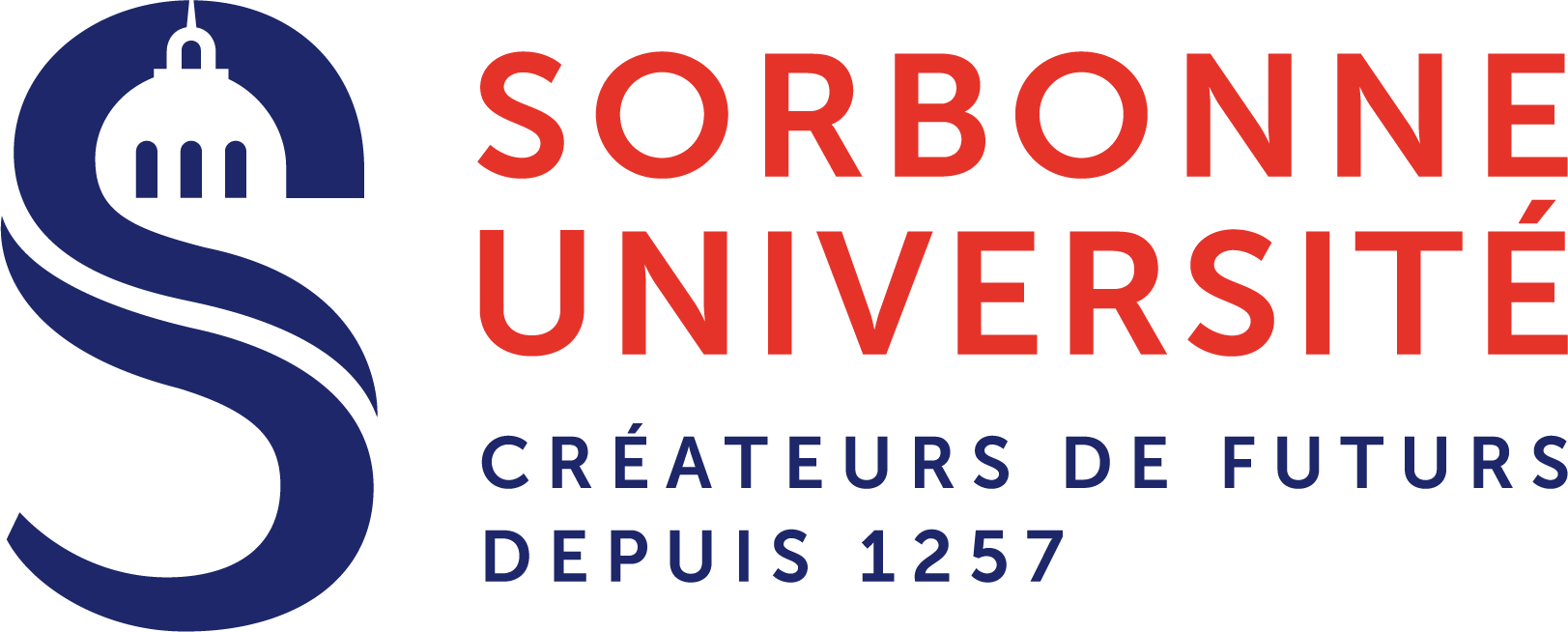A Trajectory Model for Desktop-Scale Hand Redirection in Virtual Reality

People involved
Flavien Lebrun
Gilles Bailly
Sinan Haliyo

Project description
In Virtual Reality, visuo-haptic illusions such as hand redirection introduce a discrepancy between the user’s hand and its virtual avatar. This visual shift can be used, for instance, to provide multiple virtual haptic objects through a single physical proxy object. This low-cost approach improves the sense of presence, however, it is unclear how these illusions impact the hand trajectory and if there is a relationship between trajectory and the detection of illusion. In this paper, we present an empirical model predicting the hand trajectory as a function of the redirection. It relies on a cubic Bézier curve with 4 control points. We conduct a two alternative forced choice (2AFC) experiment to calibrate and validate our model. Results show that (1) our model predicts well the hand trajectory of each individual using a single parameter; (2) the hand trajectory better explains the detection of the illusion than the amplitude of the redirection alone; (3) a user specific calibration allows to predict per-user redirected trajectories and detection probabilities. Our findings provide a better understanding of visuo-haptic illusions and how they impact the user’s movements. As such they may provide foundations to design novel interaction techniques, e.g. interacting in a scene with multiple physical obstacles.


